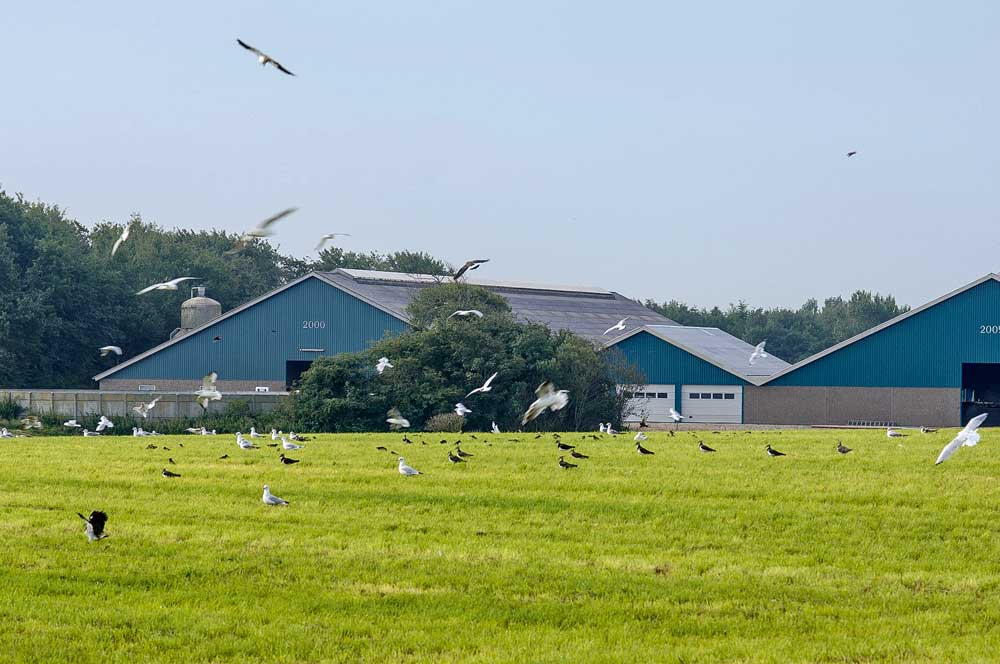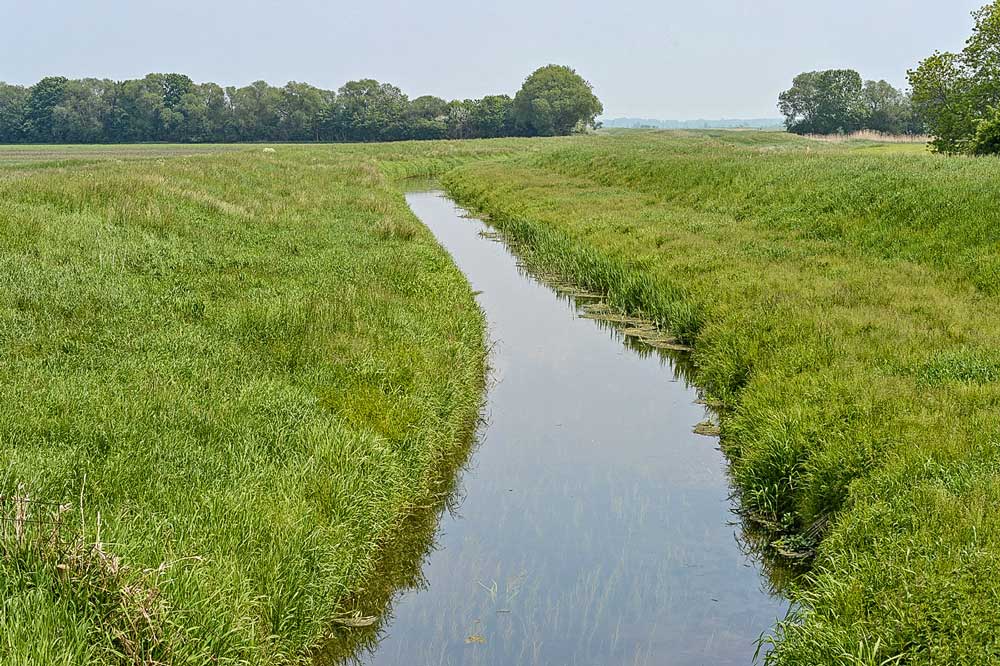N fertiliser application: 20 % under optimum - and back again
By Thomas Preusse
For many farmers in Germany the »20 % rule« in red areas represents the core problem within the current tightening of the Fertiliser Application Ordinance. In Denmark, though, they are well used to the situation: from 1998 to 2014 all farmers there had to work with an N target which, in the end, lay 18 to 25 % under the economic optimum.
Thus, for a second wheat on loamy soil in 2014 only 153 kg of N could be applied (from all sources). Clearly, with this rule Denmark was bidding ‘goodbye’ to quality wheat production, protein content of more than 9 % being out of the question. A new government in 2015 drew lessons from the resulting enormous unrest in the sector. Since then, the N threshold has been gradually increased. For instance, by 2019 the maximum for the above-mention wheat after wheat on loam had increased to 212 kg/ha N.
The N reduction targets remain unchanged
Denmark’s first »water environmental plan« dates from 1987. Under its influence, and that of subsequent plans, N leaching from rooting zones was reduced by 48 % over the period to 2003. Above all, this was achieved through rigid liquid manure regulations together with intensive advisory input. Nine months‘ storage capacity has long been in place. Slurry output has remained about the same over the 30 years. But application of mineral fertiliser has halved to an average 75 kg/ha N. Year for year, farmers must prove that they stay within the nitrogen limit. Their respective data are electronically transmitted and compared with the target values; farms can also be spot-checked. If anyone applies too much fertiliser there are financial penalties. A full-time farm count of just 9500 means this level of bureaucracy is feasible.
The challenges stay substantial
As great the relief of 2015 might have been for farmers, so imposing are the challenges they represent for water protection. The original targets that had included adding 23 % to the 48 % reduction now achieved, would be very difficult to achieve, caution Danish experts.
Currently, the most useful tool in this respect is slotting still more crops into the rotation. This is planned, when needed, in every one of the 3,000 water protection areas. Even if every such area averages 1,500 ha, numerous farmers still find themselves with farmland in two areas. This doesn’t exactly make rotation planning any easier!
Particularly for pig and poultry farms, more crops in the rotation also mean spring-sown ones (malting barley), perhaps at the expense of feed crops, so that more feed must be bought in. Those who refuse to add more crops have to accept reduced N application quotas. To further reduce the N burden, increased afforestation and 13,000 ha new wetlands are on the cards before 2021. Very new, although still in the testing stage, is the idea of 1,500 »mini wetlands« with integrated biofilters envisaged.
Too much of a good thing?
Despite all the success and, recently, easing of pressures on them, Danish farmers are left asking themselves if, after over 30 years of water protection, it’s not time now for a break, and whether still more improvements only look really good on paper. Another question they probably ponder: why must they always be the trailblazers in this respect, especially in the light of the modest ambitions of their German neighbours?




